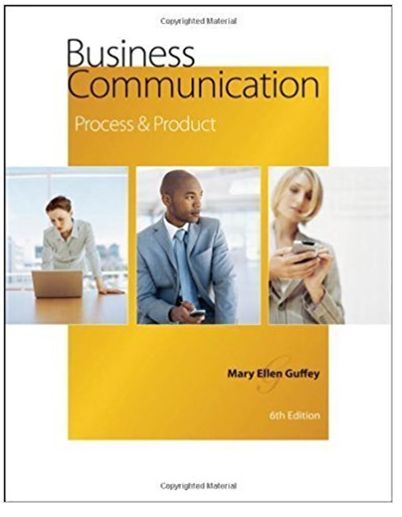Question
Persuasive Speech Outline Format Monroe's Motivated Sequence Speeches to persuade attempt to influence an audience members' attitudes, values, or beliefs about a particular topic and
Persuasive Speech Outline Format Monroe's Motivated Sequence
Speeches to persuade attempt to influence an audience members' attitudes, values, or beliefs about a particular topic and motivate them into action, as the speaker, it is your responsibility to develop a coherent argument that may transform your audience's position into alignment with your own.
Strongly support your proposed position with relevant, up-to-date supporting materials.
Make sure that you clearly state both the problem and the solution for your listeners.
I. IntroductionGetting Attention (Hypothetical illustration okay, statistics, startling statement of fact)
II. BodyShowing the Need: Describing the Problem
A. Problem Thesis Statement: a definite, concise statement of the problem. (Ex. I feel/believe there is a problem with; It is my conviction that...etc.)
B. Overview: State the main sections or issues you will discuss.
C. Evidence: (Facts)(Choose two to use in your speech) 1. Present Statistics, testimony, illustrations and other forms of support showing the extent and seriousness of the problem. 2. Provide explanations and illustrations to explain and clarify when necessary. 3. Discuss the causes, effects, and harms that the problem creates. 4. Make clear to the listeners how the problem directly affects them. Why should they be concerned about the problem? How are they harmed?
D. Meeting Objections: If necessary, when your topic is controversial, forestall opposition by answering any objections which might be raised against what you are saying. Acknowledge the other point of view. (Consider opposition and address it during the speech. (Note: C1, 2, 3, 4 and D can be in any order)
III. Satisfying the Need: Presenting the Solution
A. Solution Thesis Statement: State your solution(s) to the problem. Be creative and practical.
B. Explain your proposal clearly (diagrams or charts are useful here)
C. Through reasoning, show how your proposed solution meets the need. Discuss the advantages of your solution.
D. It has worked! : Provide, facts, statistics, and testimony of experts to prove that your proposal has worked effectively where it has been tried.
E. Meeting objections: Within your speech answer and satisfy your listeners' probable objections and questions about your solution(s). Acknowledge possible weaknesses lightly, but emphasize the advantages of the solution which outweighs the disadvantages.
IV. Visualizing the Results: Project a picture for the audience of how conditions will be in the future. Present a creative illustration of the bad effects or disadvantages that would be experienced if the problem continues; or discuss the good effects or advantages of your plan. In essence you are a predictor or fortuneteller. (One paragraph-create a hypothetical illustration talk about the positives, use scare tactics, or a combination of both.
V. Call to Action! A. Move audience into acting. Tell them how they can help you alleviate the seriousness of your problem. Provide concrete illustrations, (for example, provide the name and address of your congressperson, tell them to boycott a product and show them what the product looks like; provide the name, address, and phone number of an organization you want the audience to contribute money to; present a petition and have them sign it, etc.) Required: A visual aid with action information. B. Effective concluding statement
Step by Step Solution
There are 3 Steps involved in it
Step: 1
Certainly here is an outline for a persuasive speech using Monroes Motivated Sequence I Introduction A AttentionGetting Hypothetical illustration stat...
Get Instant Access to Expert-Tailored Solutions
See step-by-step solutions with expert insights and AI powered tools for academic success
Step: 2

Step: 3

Ace Your Homework with AI
Get the answers you need in no time with our AI-driven, step-by-step assistance
Get Started


